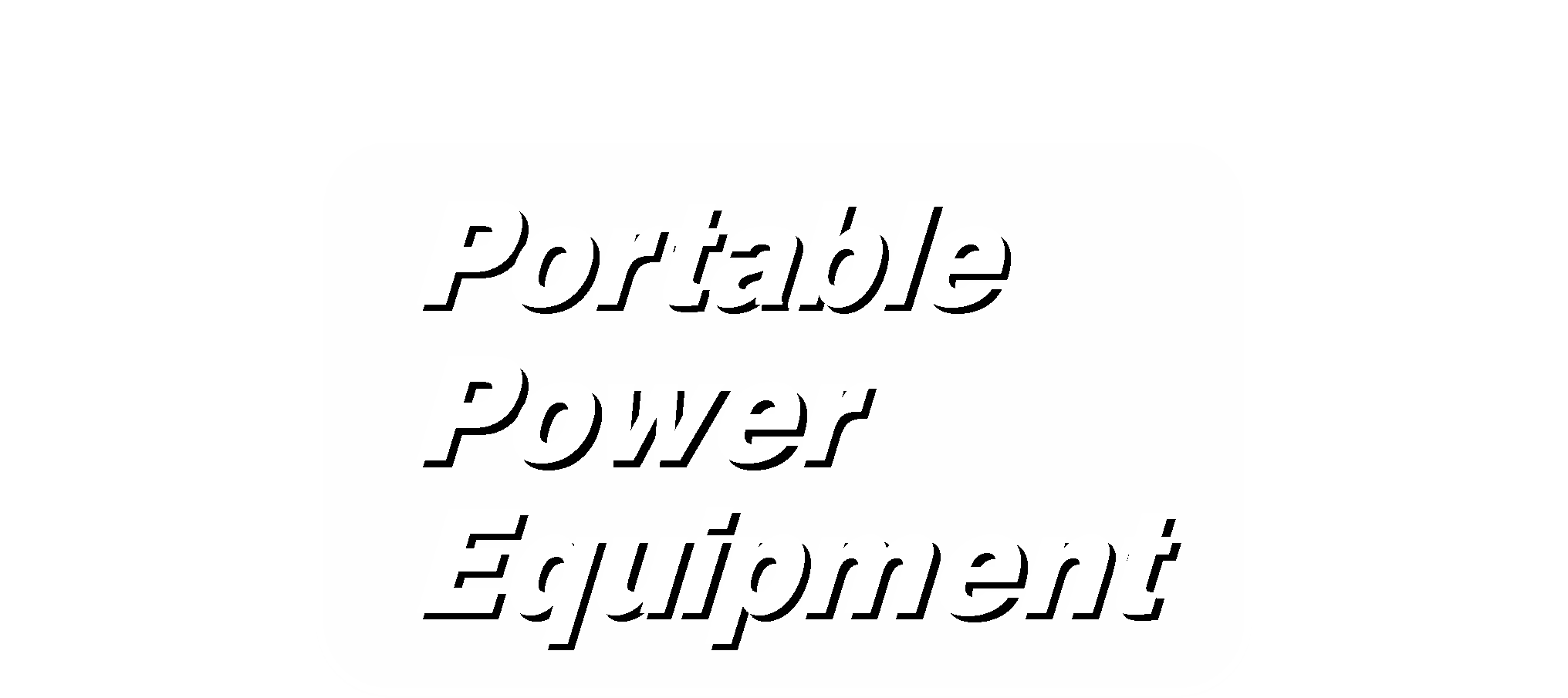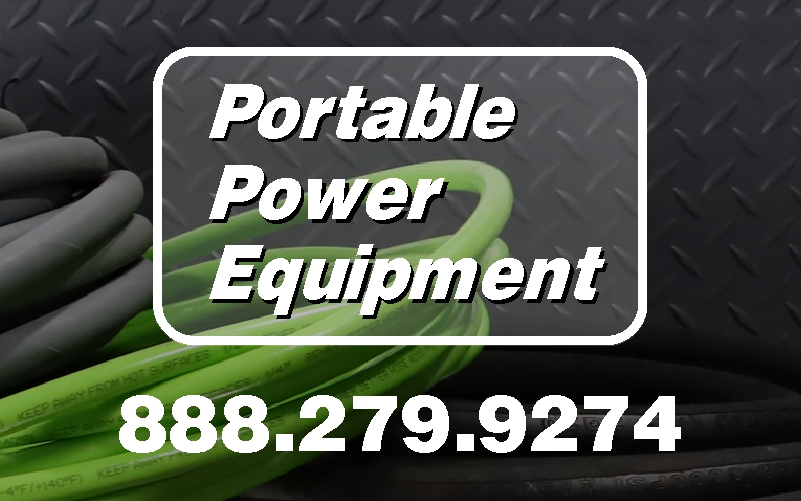Diagnosing a Pressure Washer Chemical Injector
If your chemical injector is not drawing detergent, follow the instructions below to diagnose and repair:
1.) Some pressure washers have an adjustable nozzle commonly referred to as a "varriable" nozzle. These nozzles can have a variable spray pattern by twisting the nozzle side to side. Sometimes these nozzles also have the ability to spray water in High AND Low pressure. This is achieved by pushing the nozzle head forward to the low pressure position. If your wand has a variable nozzle with high-low pressure capabilities, check to make sure that the head of the wand is forward in the low pressure position. This is the position that would allow for soap to draw though the chemical injector.
2.) If your pressure washer has interchangable spray tips rather than a variable wand, make sure you are using the low pressure nozzle. In most cases, this nozzle is black. The nozzle should have a much larger hole than the rest of the spray nozzles.
3.) Next, run your pressure washer and check to see if the injector is drawing chemical. If it is still not drawing chemical, continue to the next step.
4.) Remove your wand from the trigger gun, turn on the water and let it run out of the end of the gun. Does this draw chemical? If so, you may have a blockage in the wand or nozzle that is causing back pressure to build and stop the injector from drawing. If the injector is still not drawing, move on to the next step.
5.) Remove your trigger gun from the hose and again turn on the water, this time letting it run out of the end of the hose. Is the injector drawing chemical now? If so, you may have a blockage in the trigger gun. If the injector is still not drawing, continue to the next step.
The last component to check is the actual injector iteself. For most residential grade pressure washers, the injector should contain 3 critical componenets similar to those shown in the image below. These components include a spring, a ball, and a connector. These may appear different depending on your pressure washer, but these three pieces combined together allow for chemical to be syphoned.
6.) Find your chemical injector and carefully unscrew it from the pump. Be sure to have a clear space while doing this, as the spring may launch out of the port once it is no longer contained by the plug. Check to make sure that your injector has the ball and spring. If your kit does not contain one of these pieces, please call us at 888-279-9274 for assistance in finding a replacement injector kit.
7.) To be sure that there wasnt any sort of leftover chemical or corosion causing the pieces not to move properly inside of the port, rinse the ball, spring, and connector thouroughly. Next, reinstall them in the order shown in the photo below.
8.) The final step is to run one last test. With all of your accessories connected and your injector reinstalled into the pump, run the pressure washer with your low pressure nozzle. If it is still not drawing chemical, you may need to replace the injector. This likely means the pieces are too damaged or worn out to move properly inside the port.
To find the proper replacement injector for your pressure washer, first locate the model number of your pressure washer. Next, search the model number in our website searchbar. If you have trouble finding your pressure washer model number or your model page on our website, give us a call at 888-279-9274 and our pressure washer technicians help you find the proper replacement injector.
Posted by The Washer Whisperer on July 4, 2023 at 9:46 AM under
• 0 comments




